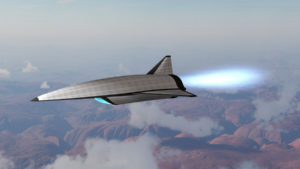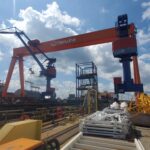
Kratos Defense & Security Solutions, Inc. [KTOS] is to help oversee the System Requirements Review for Leidos' [LDOS] Mayhem air-breathing hypersonic aircraft proposal for the Air Force Research Laboratory (AFRL), Kratos said on Jan. 10. Leidos won a $334 million, 51-month AFRL contract for Mayhem last month and said that the initial task order would be the $24 milllion System Requirements Review/Conceptual Design Review in a digital engineering environment effort (Defense Daily, Dec. 19, 2021). Leidos has said that its…














